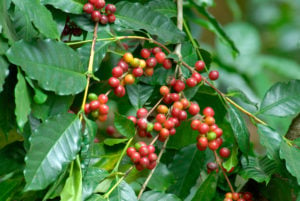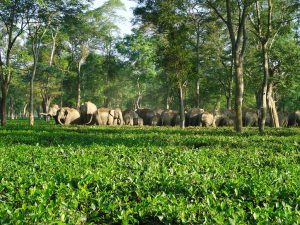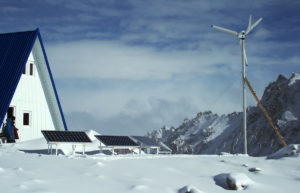For more than 20 years, Gwasinao Thong has been fighting against traditional jhum agriculture in his village of Sendenyu, in Nagaland, northeast India. Jhum agriculture uses slash-and-burn methods: small plots of land are cleared, often by fire; cultivated; and then left to regenerate for a few years.
Thong, a 50-year-old coffee planter in Kohima district, says the number of farmers in the area now means land cannot be left fallow for as long as is necessary for jhum cultivation. Without vegetation being left to regenerate, binding and revitalising the soil, the result is soil erosion on the hills of this easternmost part of the Himalayas.
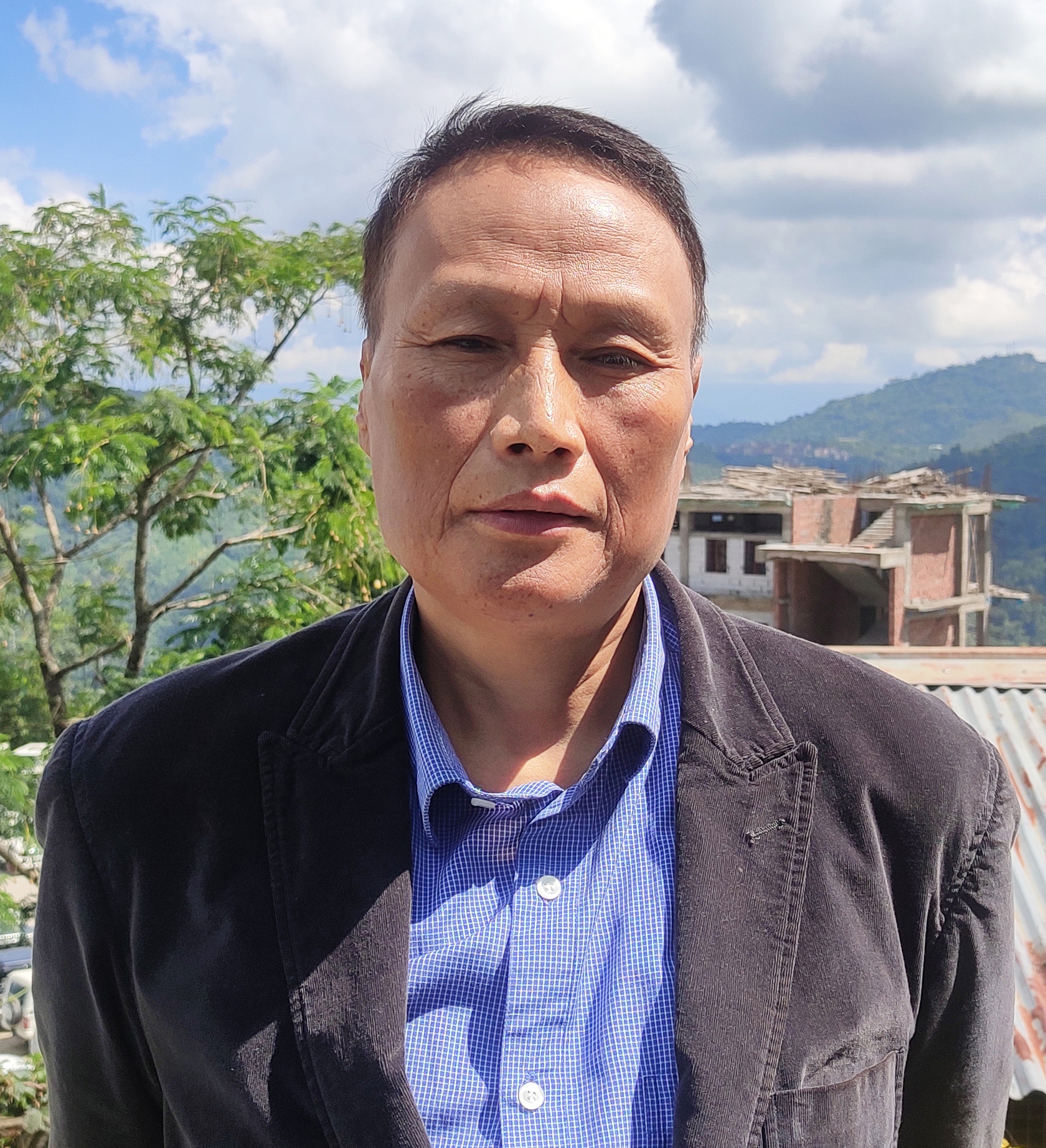
Thong says farmers switching to coffee plantations could change this. “We are now promoting coffee cultivation in our village as it not only helps to prevent soil erosion but also offers a substitute to jhum cultivation and saves the forest,” he told The Third Pole. “It also provides a better livelihood to farmers.”
Located close to the Nzu River, Thong’s village falls within the Brahmaputra basin. In areas of Nagaland degraded by jhum cultivation, soil erosion has been aggravated by erratic monsoon rainfall – a consequence of climate change. This year there has been a drought in Nagaland, which usually has heavy rainfall. In previous years the state has experienced deluges and flooding. Both extremes cause erosion: drought dries the productive topsoil, so it is easily blown away; floods wash soil away.
“People depend on farming for their livelihood and practise jhum cultivation. It results in soil erosion that destroys soil fertility. It has to be prevented as it destroys the livelihood of farmers,” said Hovuto Zhimo, joint director of Nagaland’s Department of Soil and Water Conservation.
Jhum cultivation (also referred to as shifting cultivation) is widely practised in mountainous areas across South Asia.
It involves clearing (often by fire) a small plot for intense cultivation, and then leaving it to regenerate for a few years.
This form of cultivation works best for small, roving populations, but as inhabitants in former indigenous areas have settled and grown in size, the sustainability of the practice has become limited. The soil needs time to regain nutrients after this process, so if it is not left to regenerate its fertility plummets.
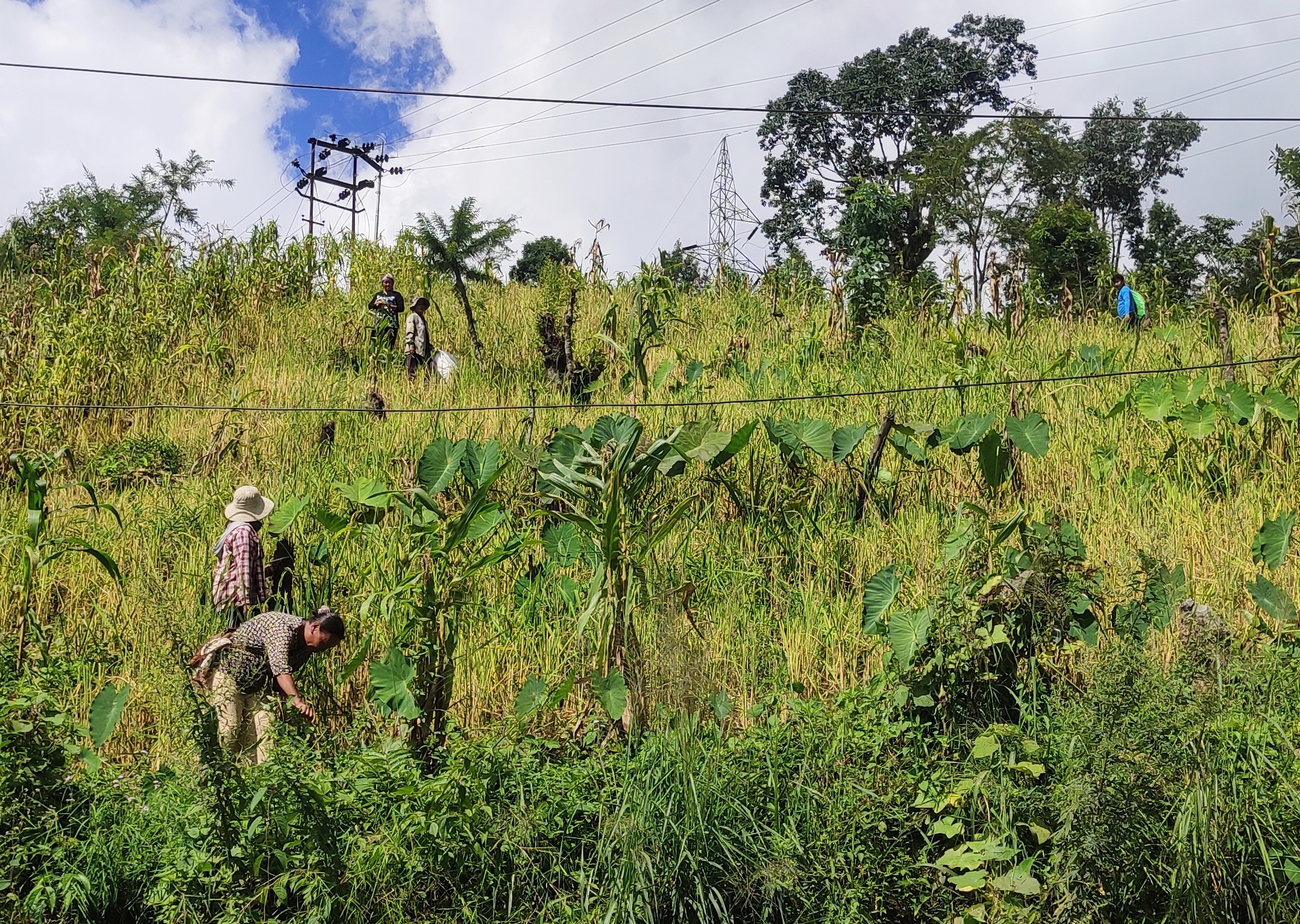
Zhimo said that 947 square kilometres of land is used in jhum cultivation in Nagaland. “The average soil loss per hectare is around 30.62 tonnes. Soil erosion has been affecting paddy farmers as it is the main crop grown for home consumption.”
There are signs of soil erosion across Nagaland, especially along the state’s main highway, a 70-kilometre stretch from Dimapur to capital Kohima. Widening this to a four-lane highway has significantly exacerbated soil erosion along the road.
9,000
Farmers are now involved in coffee production in Nagaland
Throughout the Brahmaputra basin – as elsewhere – farmers are seeking ways to adapt to these impacts.
“We have been asking [farmers] to grow coffee or practise horticulture as alternate livelihood,” said Zhimo.
The village of Sendenyu is not the only one to take part in this venture: in the past seven years, 9,000 farmers across Nagaland have become involved in coffee production.
The revival of coffee
Back in 1981, the state government’s Nagaland Plantation Crops Development Corporation (NPCDC) started coffee plantations in collaboration with the Coffee Board of India. But lack of management and unavailability of markets forced NPCDC to abandon the project in 1991.
Then, in 2014, Nagaland’s Land Resources Department (LRD) started fresh discussions with the coffee board to revive the plantations and promote new ones as a way to adapt to climate change impacts and control soil erosion. “Coffee was being produced at a very low scale in the state with an annual production of around just 5-6 metric tonnes (MT),” Vanchamo Ngullie, joint director of LRD, told The Third Pole. “The annual production has now increased to 15-16 MT with around 9,000 farmers involved.” Coffee is now planted in 8,996.5 hectares, which is 0.8% of Nagaland’s area.

T Renben Lotha, director of LRD, said: “We believe the state has the potential to grow coffee in 62.7% of its area. We have set a target to bring 50,000 hectares under coffee cultivation by 2030.”
Both Arabica and Robusta are being grown in Nagaland. “The yield per hectare is around 10,350 kg and 8,100 kg of fresh cherries [the fruit of the coffee tree, the seeds of which are processed to become coffee beans] from Arabica and Robusta respectively. We expect an economic return of INR 271.93 crore (USD 36.2 million) from Arabica and INR 28.31 crore (USD 3.8 million) from Robusta by 2023-24,” Lotha said.
Elsewhere in the world, the impacts of climate change are making making it more difficult to grow coffee. But in Nagaland, coffee is being used as a way to improve resilience to climate change impacts.
• Coffee plants are often grown in already deforested areas of Nagaland, alongside trees. Adding a mix of vegetation lessens soil erosion, as the plants’ roots hold soil particles together.
• The change in land use reduces erosion, as farmers switch from intensive jhum cultivation to coffee plantations.
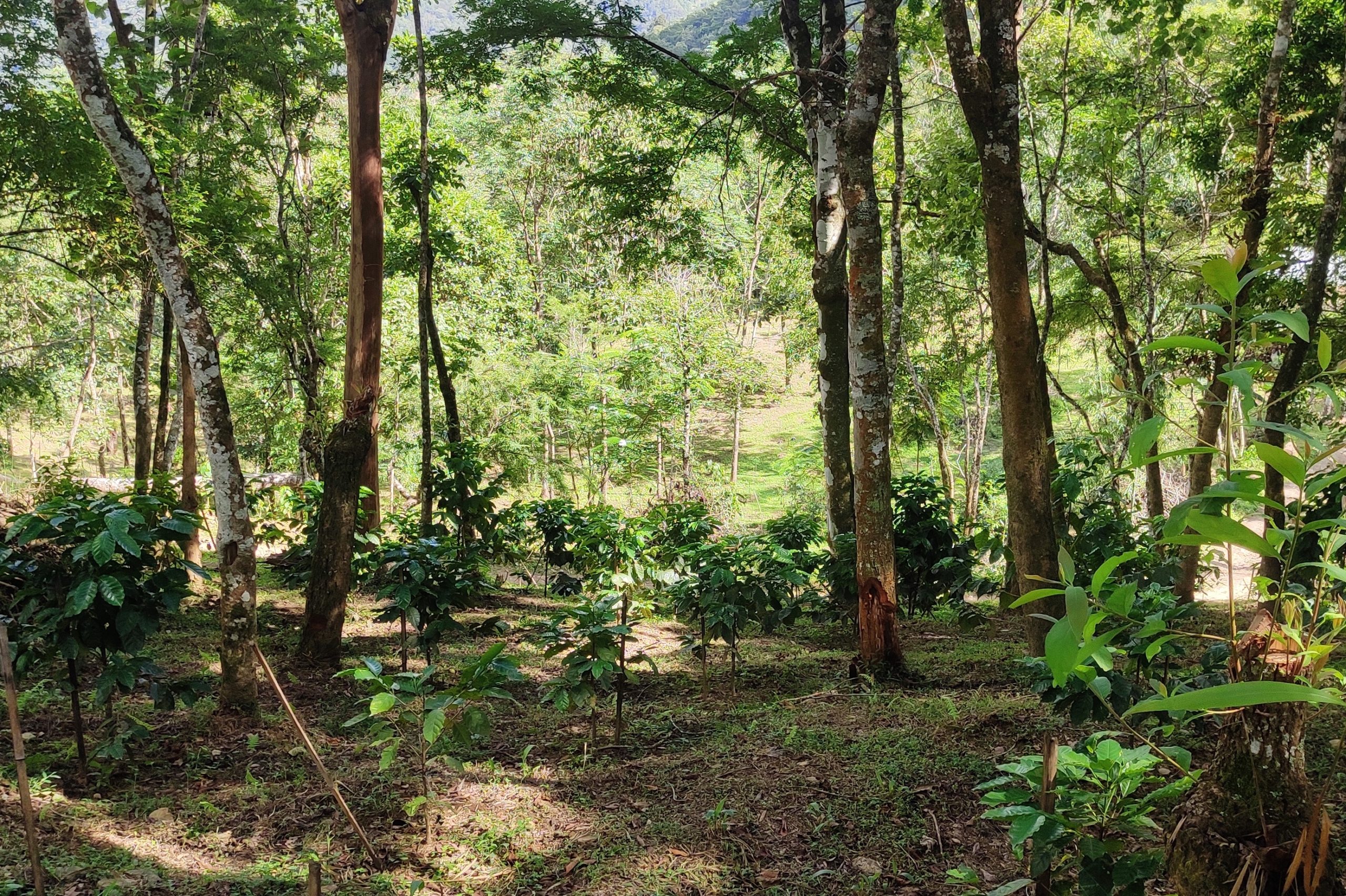
Not all farmers convinced
Some coffee planters remain sceptical. Gwasinao Thong said: “The government should pay serious attention to linking farmers to market… We have seen in the past how farmers became paupers when the middlemen gobbled all the income.”
Bureaucrats say they have learnt from their mistakes. Ngullie, from the Land Resources Department, said: “We have already entered into a Memorandum of Understanding (MoU) with a South African company that has been procuring our coffee under the brand Naga Coffee. The coffee produced here is much in demand due to its citrus and fruity flavour. Besides, coffee bars have been opened in almost all the 12 districts of the state to create demand among the locals. We are also building nurseries where farmers are trained to plant coffee saplings. The saplings are then procured by us and sold to other farmers. This is offering another avenue of livelihood to farmers.”
The coffee produced here is much in demand due to its citrus and fruity flavourVanchamo Ngullie, Land Resources Department, Nagaland
Uday Pandit, junior liaison officer at the Coffee Board of India, stressed the environmental benefits of coffee plantations. “It increases the groundwater level and moisture content of the soil. Coffee also helps in carbon sequestration,” he said. The improvements made to the soil by coffee plants mean “farmers can grow other crops after planting the coffee”, Pandit added.
Pandit also said that a coffee plantation “invites biodiversity”. While cutting down forests to plant coffee would destroy most of the biodiversity in an area, Pandit’s claim could hold ground in an area already suffering from soil erosion, where most of the vegetation cover has been lost.
Success stories from coffee growers in Nagaland

Kevisa, 56, has planted coffee over 20 hectares in Tuophema village in Kohima district. “The soil is so fertile that it takes just around 18 months for the first fruition compared to three to four years in other states,” says the planter, who uses only one name. “The first fruit has to be sprayed back in the fields. We can start getting coffee beans in six years. The government helps us by providing INR 35,000 (USD 466) per hectare to clear weeds and start planting coffee saplings.”
Atang Chang, 30, a resident of Tsiesema village close to another tributary of the Dhansiri River, says coffee has given her a new job. “We [she and her husband] have been living near the Indo-Myanmar border for the past several years. We shifted here three years ago to work as labourers in the coffee field due to lack of other livelihood opportunities. The river is close and soil erosion could have caused substantial damage to this area, but coffee plants help arrest soil erosion. It is also providing us a livelihood for a much longer time.”
